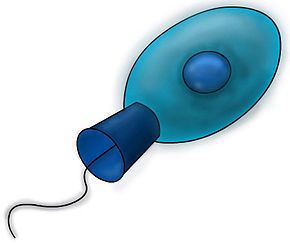Domain Eukaryota | Scientific name Filozoa | |
 | ||
Similar Opisthokont, Neomura, Eukaryote, Orthogastropoda, Filasterea | ||
Filozoa
The Filozoa are a monophyletic grouping within the Opisthokonta. They include animals and their nearest unicellular relatives (those organisms which are more closely related to animals than to fungi or Mesomycetozoa).
Contents
Three groups are currently assigned to the clade Filozoa:
Etymology
From Latin filum meaning "thread" and Greek zōion meaning "animal".
Cladogram
The most up to date cladogram is
Characteristics
The ancestral opisthokont cell is assumed to have possessed slender filose (thread-like) projections or 'tentacles'. In some opisthokonts (Mesomycetozoa and Corallochytrium) these were lost. They are retained in Filozoa, where they are simple and non-tapering, with a rigid core of actin bundles (contrasting with the flexible, tapering and branched filopodia of nucleariids and the branched rhizoids and hyphae of fungi). In choanoflagellates and in the most primitive animals, namely sponges, they aggregate into a filter-feeding collar around the cilium or flagellum; this is thought to be an inheritance from their most recent common filozoan ancestor.
